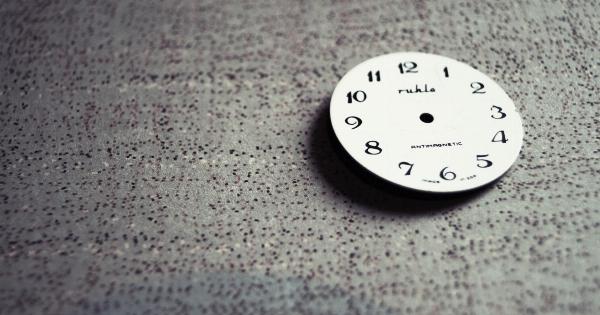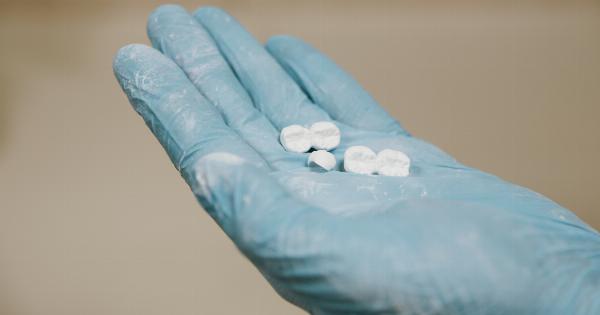When it comes to treating bone fractures, medical professionals are constantly searching for innovative solutions that promote faster healing and optimal recovery.
One particularly promising development in this field is the use of silk screws for the restoration of bone fractures.
The Problem with Traditional Screws
Traditional screws used in bone fracture treatment are typically made of metals such as titanium or stainless steel. While these screws have been effective in many cases, they do have certain limitations.
One major drawback is that metals can cause discomfort, allergic reactions, or even infections in some patients.
Additionally, metal screws often cause stress shielding, which occurs when the implanted metal absorbs the majority of the stress that would normally be transferred to the bone.
This phenomenon can lead to bone resorption and weakened bone structure around the screw, making it more susceptible to failure in the long term.
The Advantages of Silk Screws
Silk screws, on the other hand, offer several advantages over their metal counterparts. Silk is a naturally occurring protein fiber that is biocompatible and hypoallergenic.
As a result, silk screws minimize the risk of adverse reactions or complications in patients.
Furthermore, silk screws have shown to promote better bone integration and remodeling. Unlike metal screws, silk screws distribute stress more evenly throughout the surrounding bone, reducing stress shielding and ensuring proper load transfer.
This ultimately leads to improved bone healing and a stronger union at the fracture site.
Biodegradability and Sustainability
Another remarkable feature of silk screws is their biodegradability. Over time, silk screws degrade naturally within the body, eliminating the need for a second surgery to remove them.
This eliminates the potential risks associated with a separate removal procedure and reduces the overall cost of treatment.
Unlike metals, silk production is also sustainable and environmentally friendly. Silk is derived from silkworms, which can be farmed in an ethical and responsible manner.
This makes silk screws an attractive option for patients who prioritize both their health and the environment.
Ongoing Research and Clinical Trials
Although silk screws show enormous promise, further research and clinical trials are still necessary to establish their widespread use.
Many studies are currently underway to investigate the structural integrity, long-term effects, and optimal application techniques of silk screws.
Researchers are also exploring ways to enhance the mechanical properties of silk screws by incorporating additives or combining silk with other biocompatible materials.
These advancements aim to address any limitations and maximize the potential benefits of silk screws for bone fracture restoration.
The Future of Silk Screws in Orthopedics
As the field of orthopedics continues to embrace innovative solutions, silk screws are poised to play a crucial role in the restoration of bone fractures.
Their biocompatibility, ability to minimize stress shielding, and biodegradability make them a promising alternative to traditional metal screws.
In the coming years, it is likely that silk screws will become increasingly popular and widely adopted by orthopedic surgeons.
With ongoing research and advancements, these silk-based implants have the potential to revolutionize the field of bone fracture treatment and improve outcomes for patients around the world.






























